What Watts? Wind Tunnel Testing
I’ve spent another day at the windtunnel for EZGains at the Silverstone Sports Engineering Hub. Some of it testing EZGains and Velotoze kit, some of it fun stuff like comparing GB age group short sleeve and vest triathlon suits.
First up we tested with Professional Triathlete James Teagle. He tested various things, starting with an EZGains cover on an MVR wheel vs a Prime disc wheel. As expected, yet again the results were very very close, with the EZGains disc faster at some speeds/yaws, and the Prime faster at others, but all within a remarkably small range of variance; across the whole range they were within 0.5 watts (testing at 45 and 50 kmph).
Other tests he did showed a bottle between the arms was faster than without, and same for a bottle behind.
Another test showed a big win (5 watts) for having a bottle down the top. Since doing this test, this has now been banned by the latest incarnation of Ironman rules – a set rules that we’ve spent a lot of time examining and talking to Ironman about at EZGains. Fortunately EZGains wheel covers are still allowed and we believe all EZGains products are.
Just to confirm that, the first Ironman races with the new rules – San Juan, Peurto Rico and Campeche Mexico – have taken place with over 20 EZGains customers using a variety of products including the Chainring Guard and Front derailleur guard and we have not received any negative feedback from any athletes competing and no issues with the officials.
The only other thing showing such a big gain was putting Velotoze calf guards on – 5.5 watts for those! These can be handy for triathlons as you can wear them under the wetsuit if it’s a wetsuit legal swim.
For pure cycling, we had another athlete Max, testing across lots of the Velotoze products – the XL and XXL socks (XL and XLL meaning tall, rather than big footed…) also came out well at about a 2 watt gain at 40 kmph.
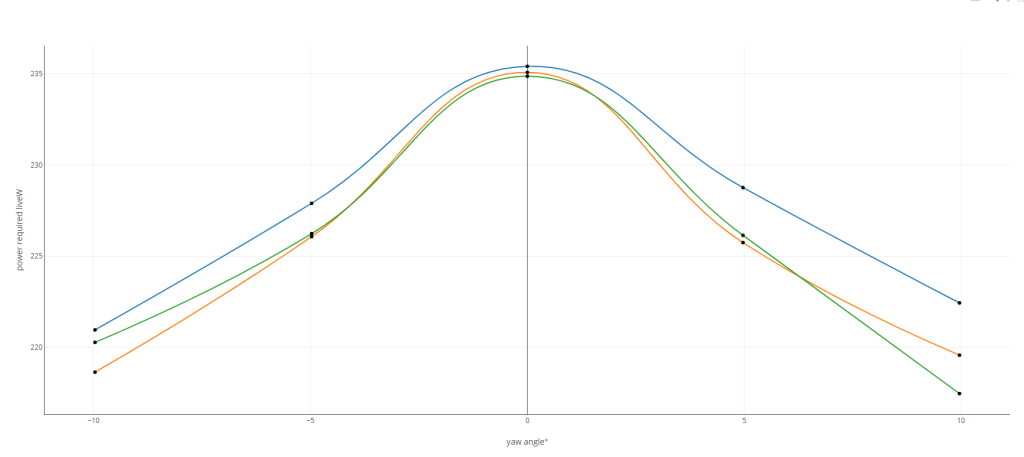
Blue is normal socks, yellow XL, green XXL.
My testing was done at a speed suitable for my triathlons – 40kmph, and 0 and 5 degrees yaw. One test was with a bottle between my arms (2.5 watts faster with the bottle on).
Double rear bottles tested 2 watts slower than no rear bottles, a single rear bottle was a tiny amount faster than no rear bottle – 0.5 a watt.
The most unexpected thing was the GB tri suit test. In the current kit, there is the option for a short sleeved, or a vested triathlon suit.
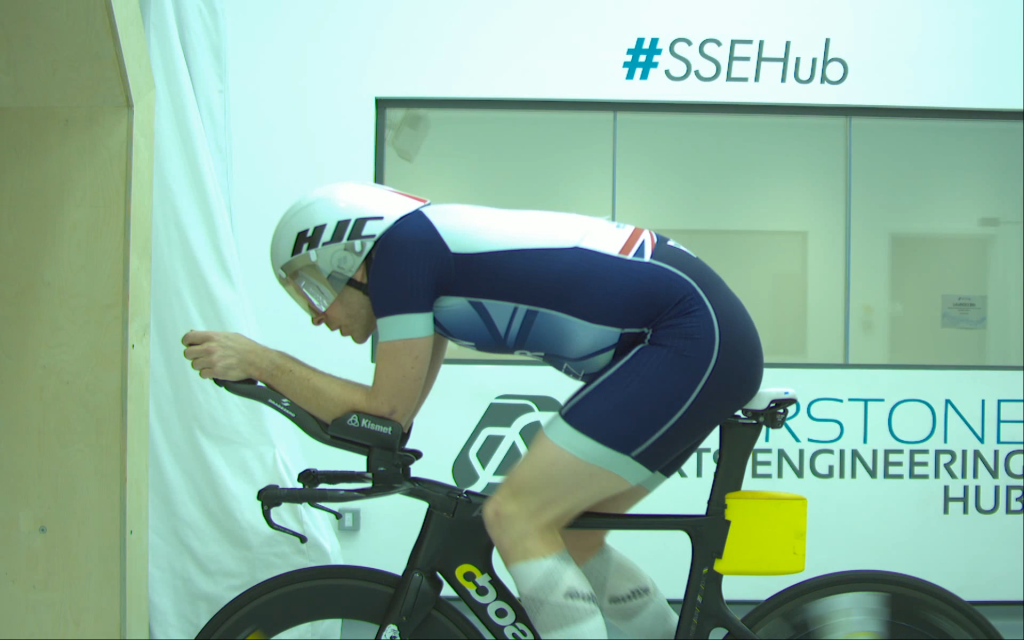
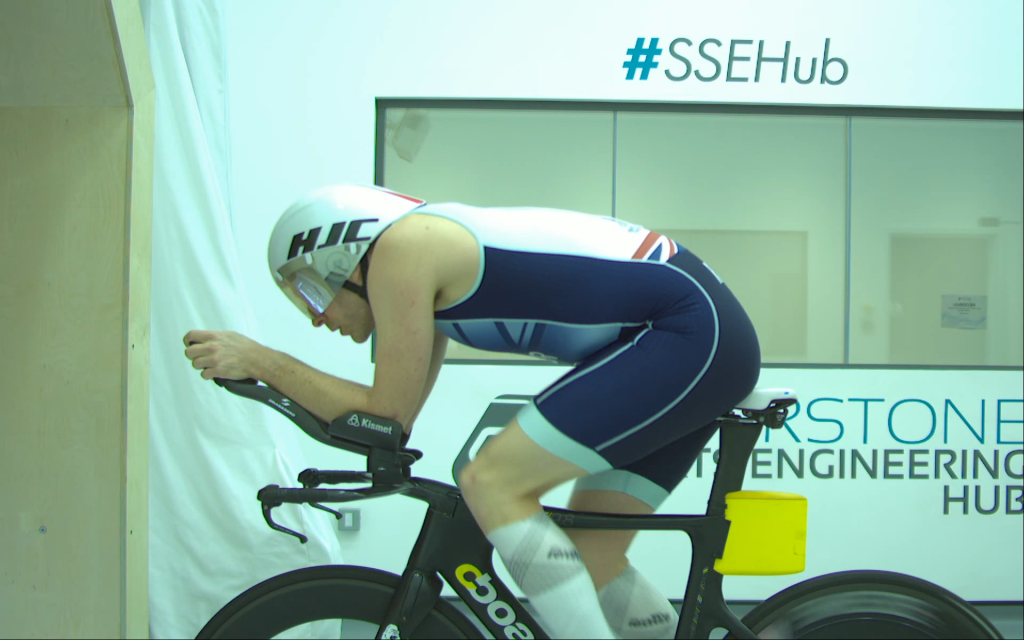
Generally short sleeved tops are faster than the vest versions, but are hotter, so there’s a choice to be made for hot races. So the question of if the sleeved top is faster, and if so, by how much, is important.
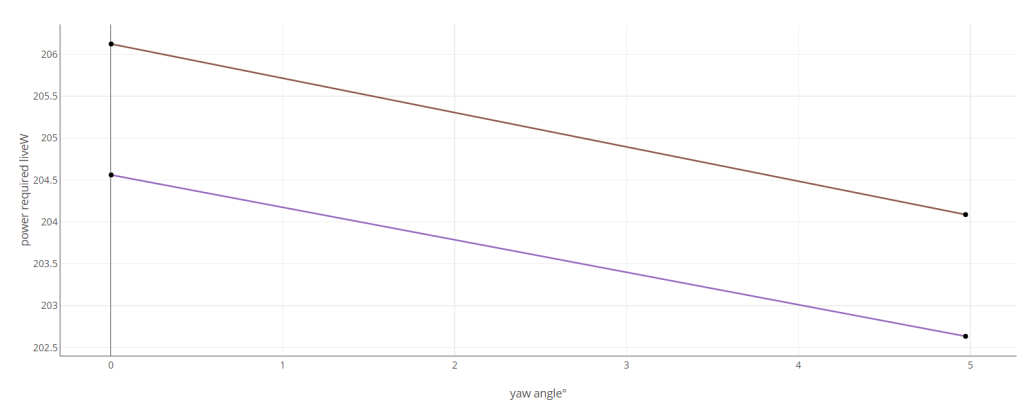
The above shows that the vest tri suit (brown) is slower than the short sleeved tri suit (purple), but only by 1.5 watts, which is much closer than I anticipated! It’s certainly nowhere near the difference compared to the best short sleeved tri suit I tested, the Huub Anemoi (that was a 8.3 watts faster than the vest tri suit). I think it’s relatively poor performance is probably at least partially due to how short the sleeves are.
So what does that mean in terms of time differences? Assuming that you were travelling at 40kmph, here’s a table of extra seconds per watt over 40, 90 and 180 kms.
So for the GB tri-suit, if it’s a hot race, I’ll almost certainly go for the vest version as I think I’d lose much more time on the run due to overheating on the run – I’ll just need to make sure I use some decent sun-cream on my shoulders.



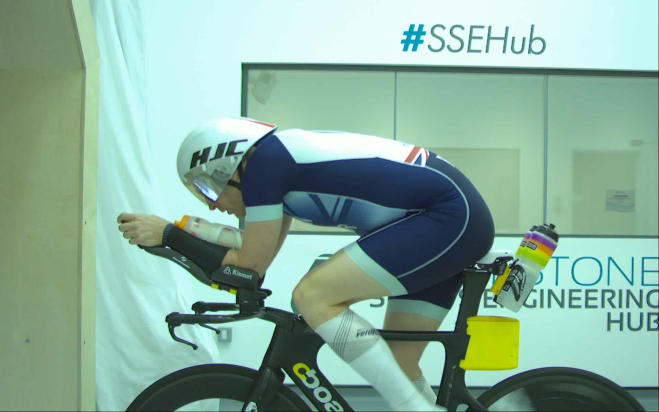
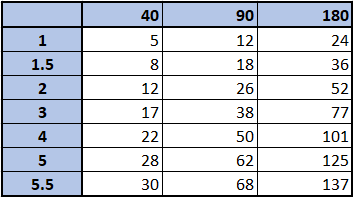
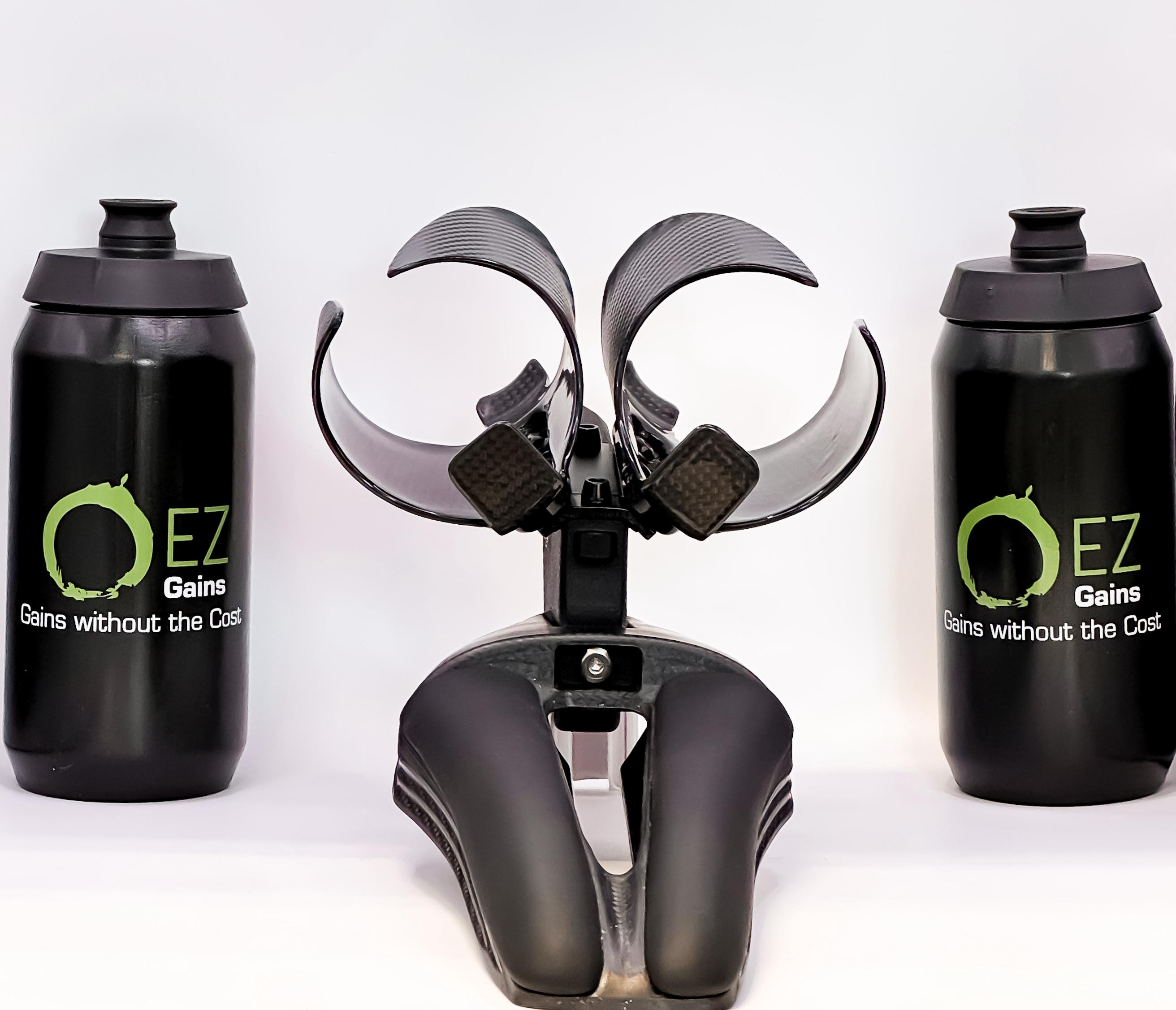
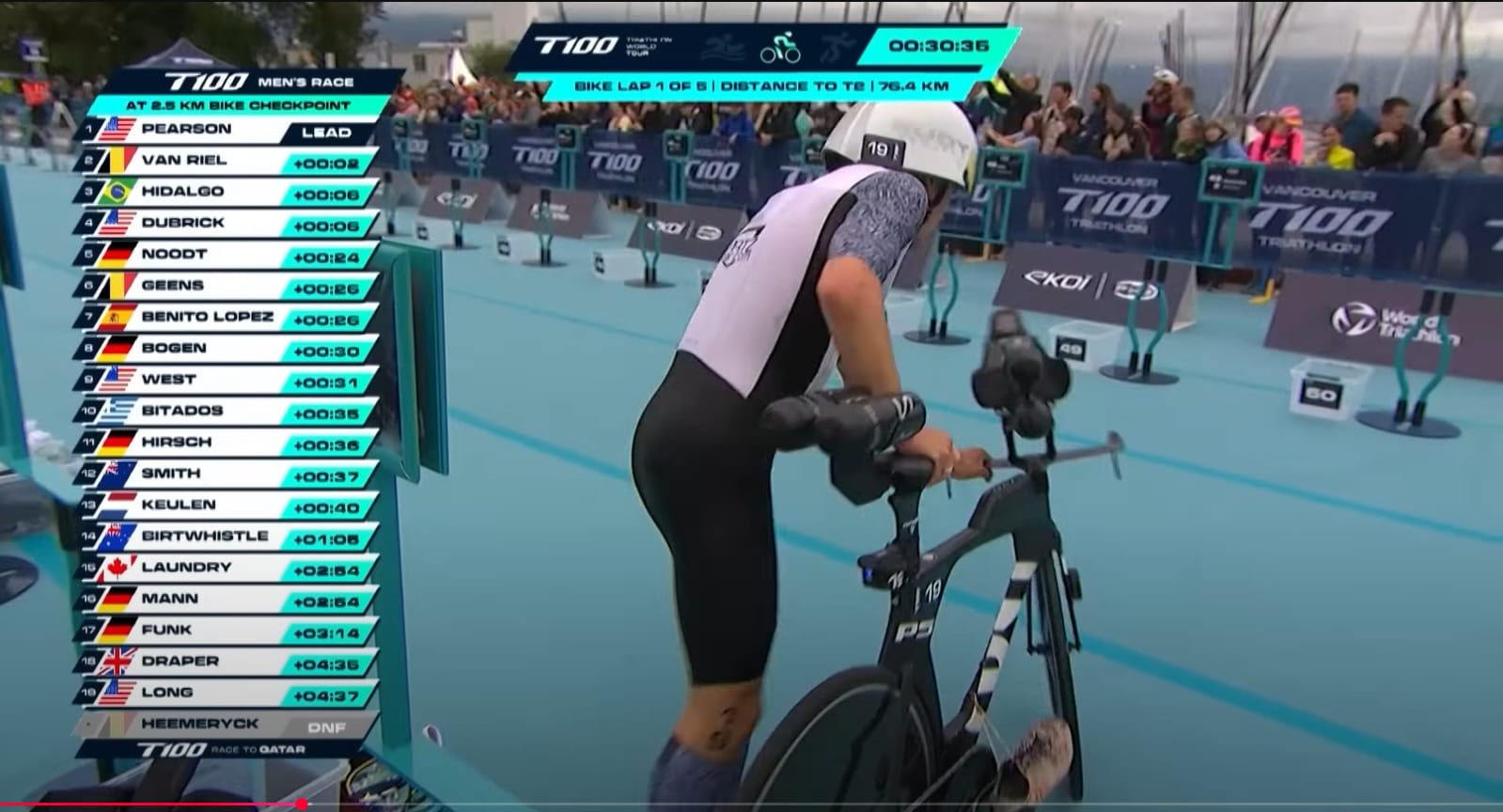
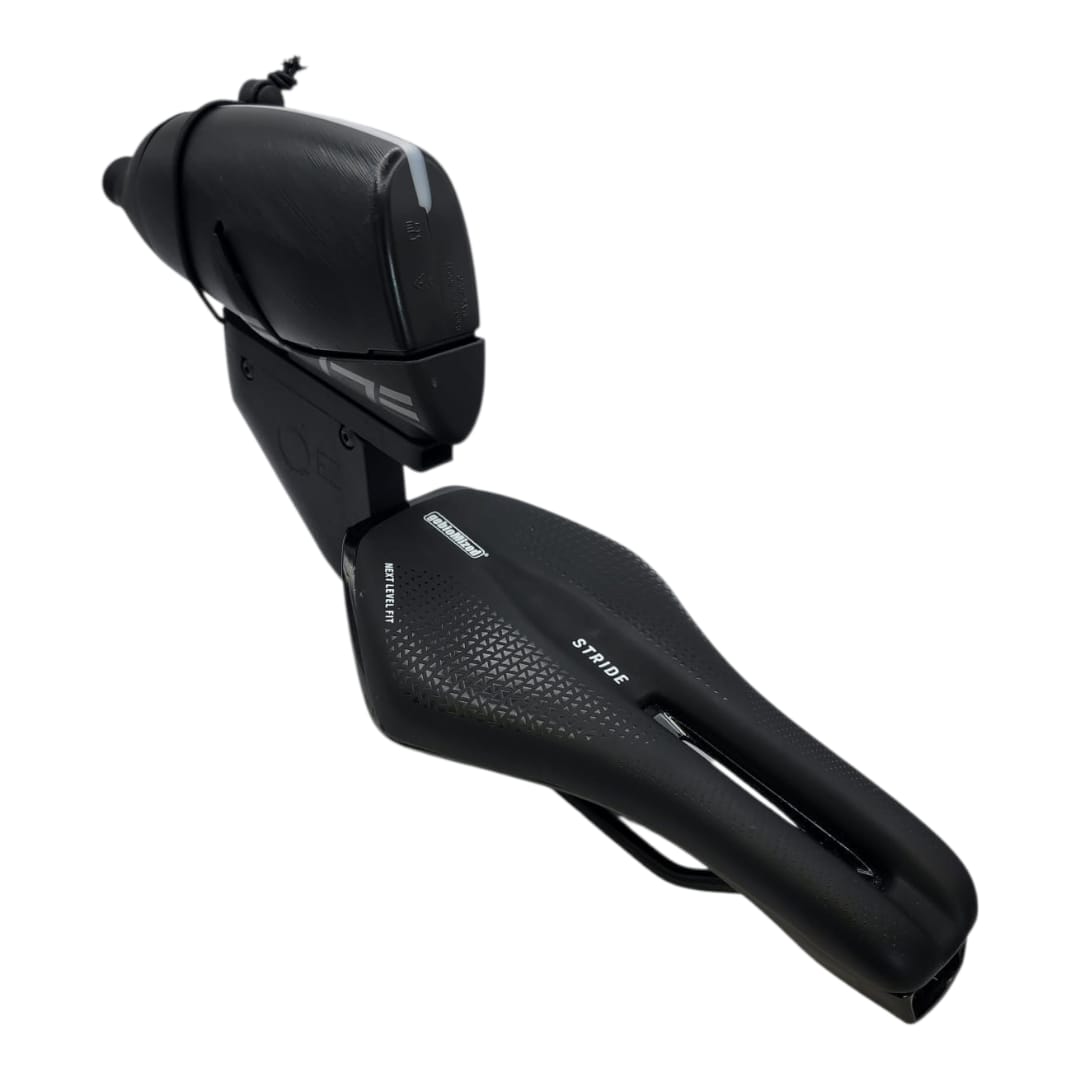
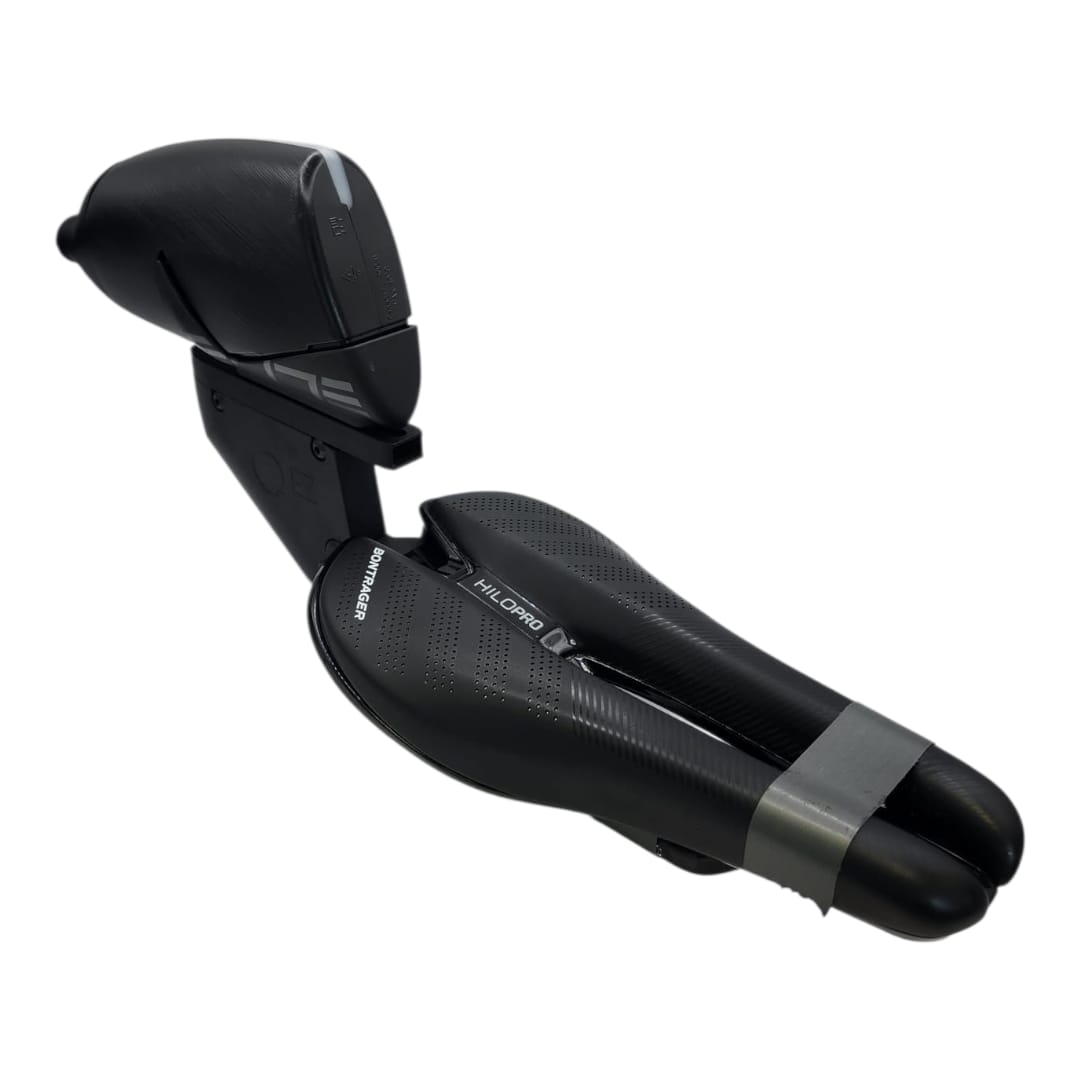
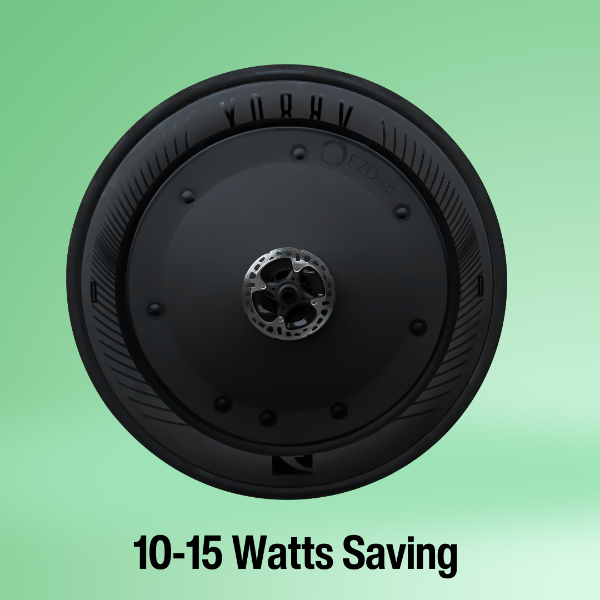
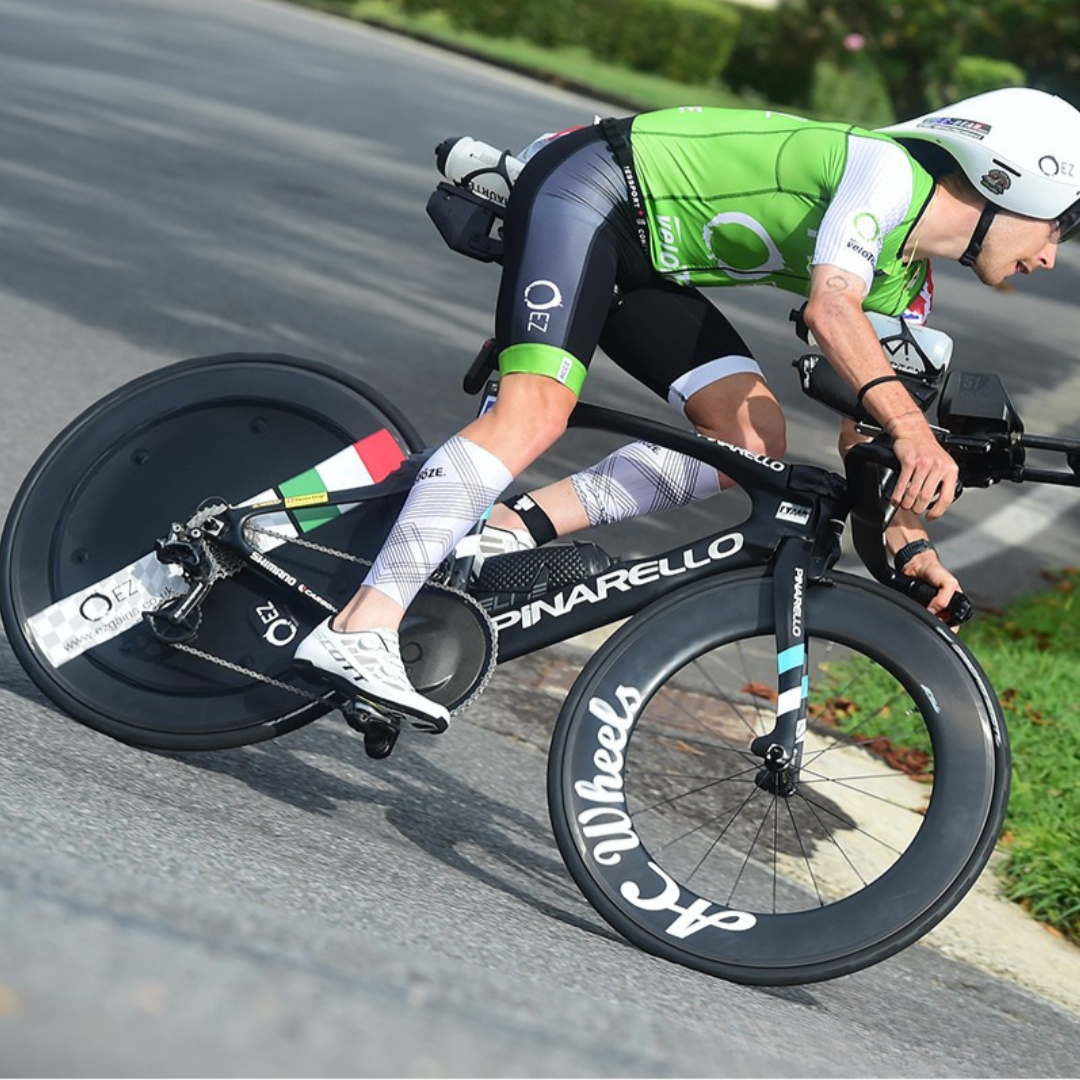
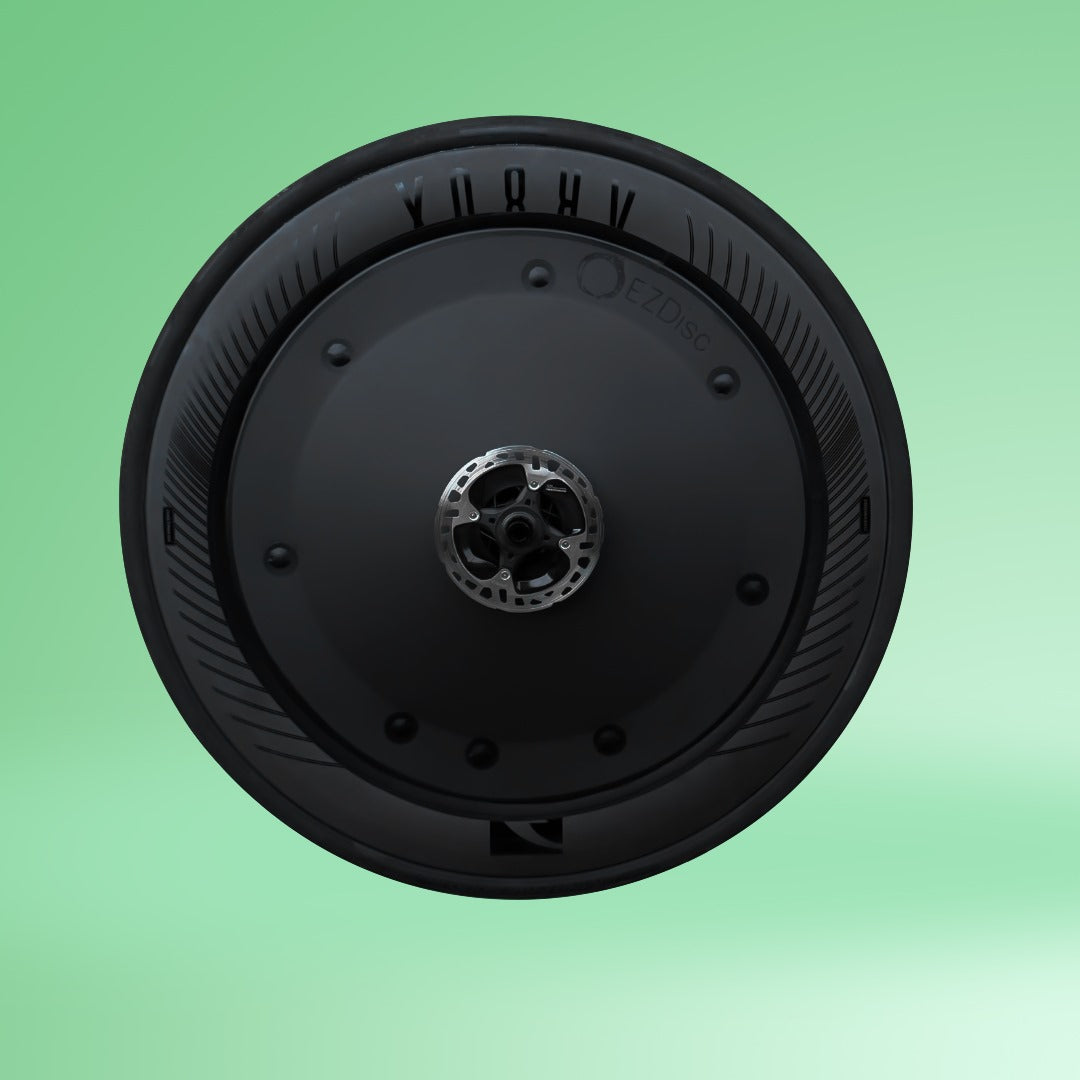

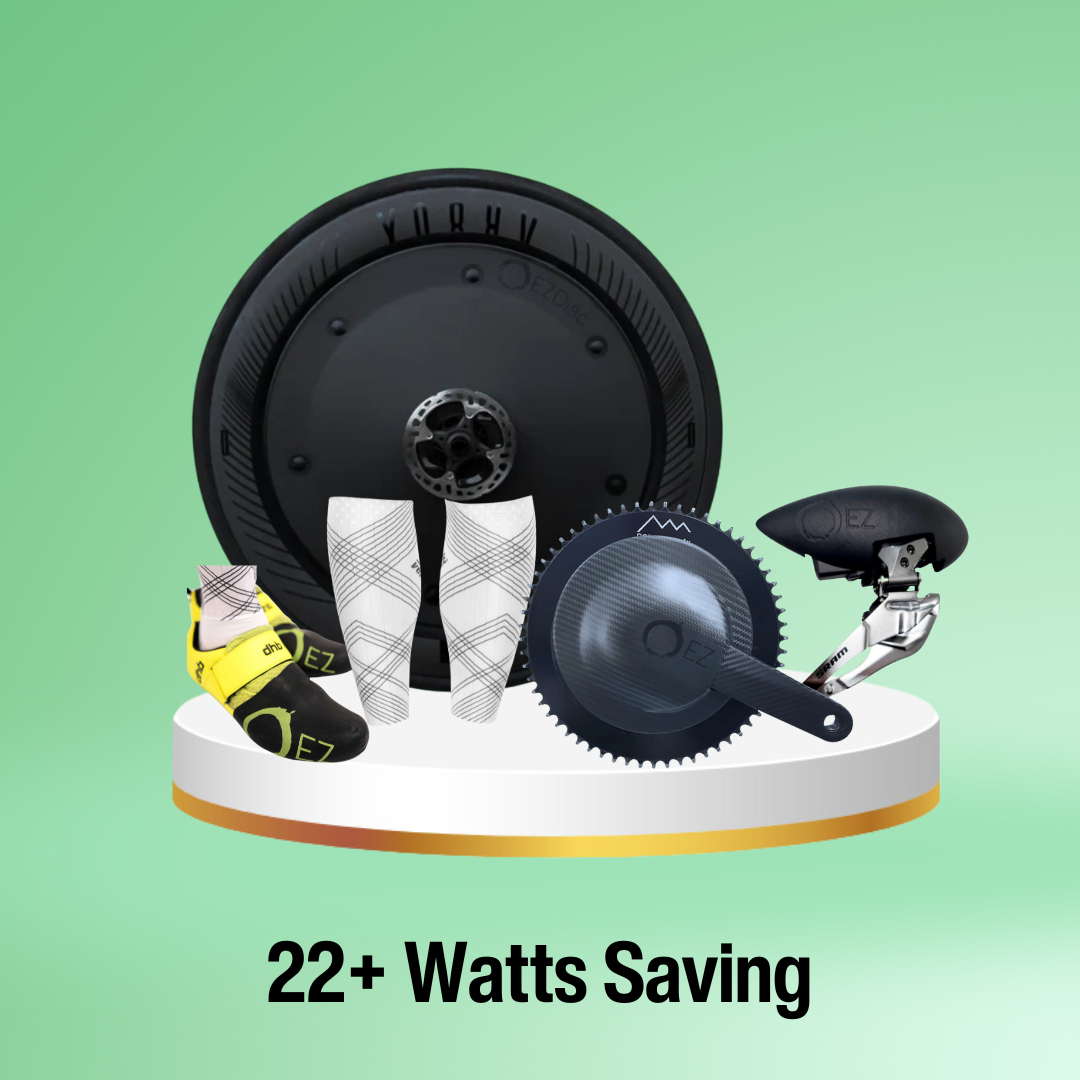
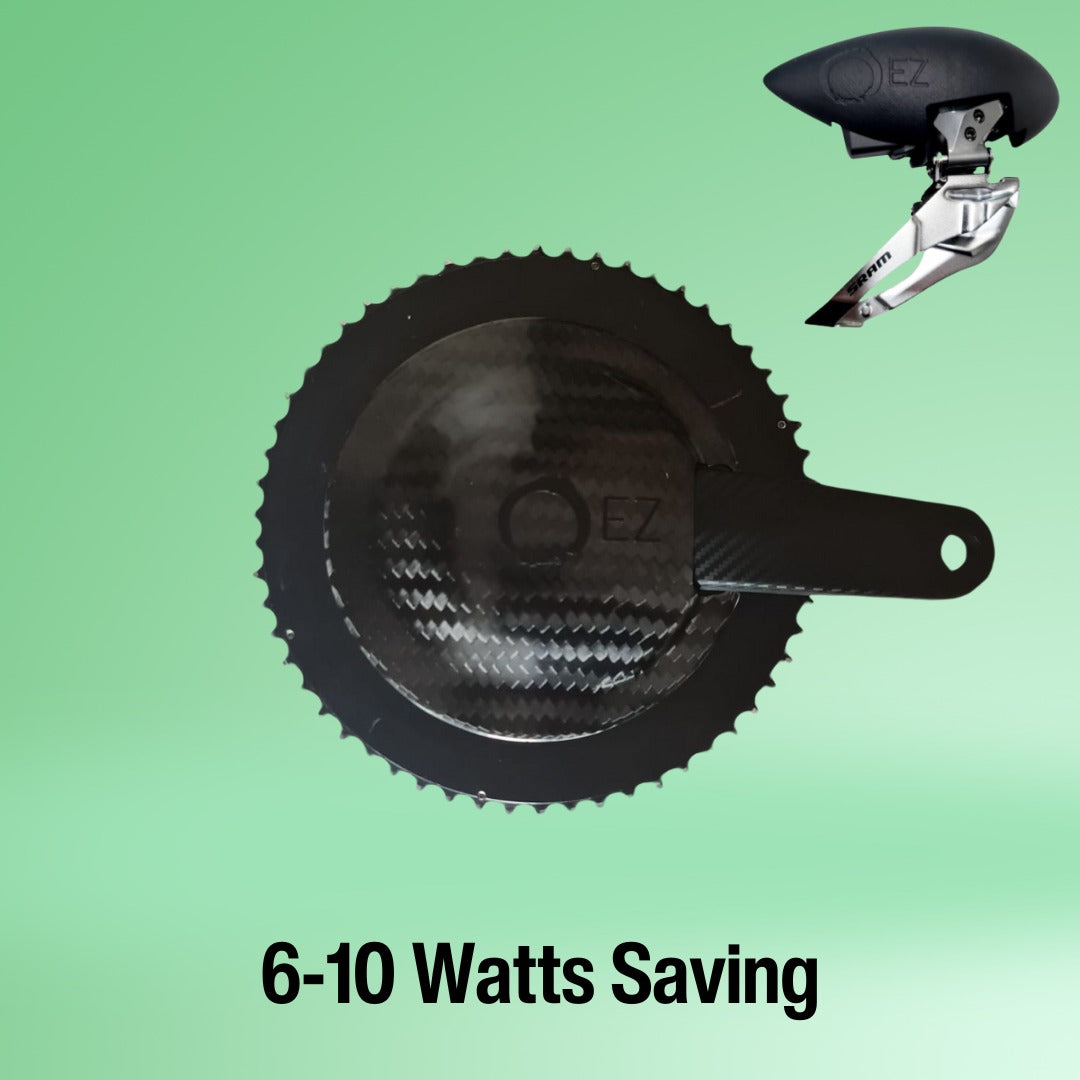
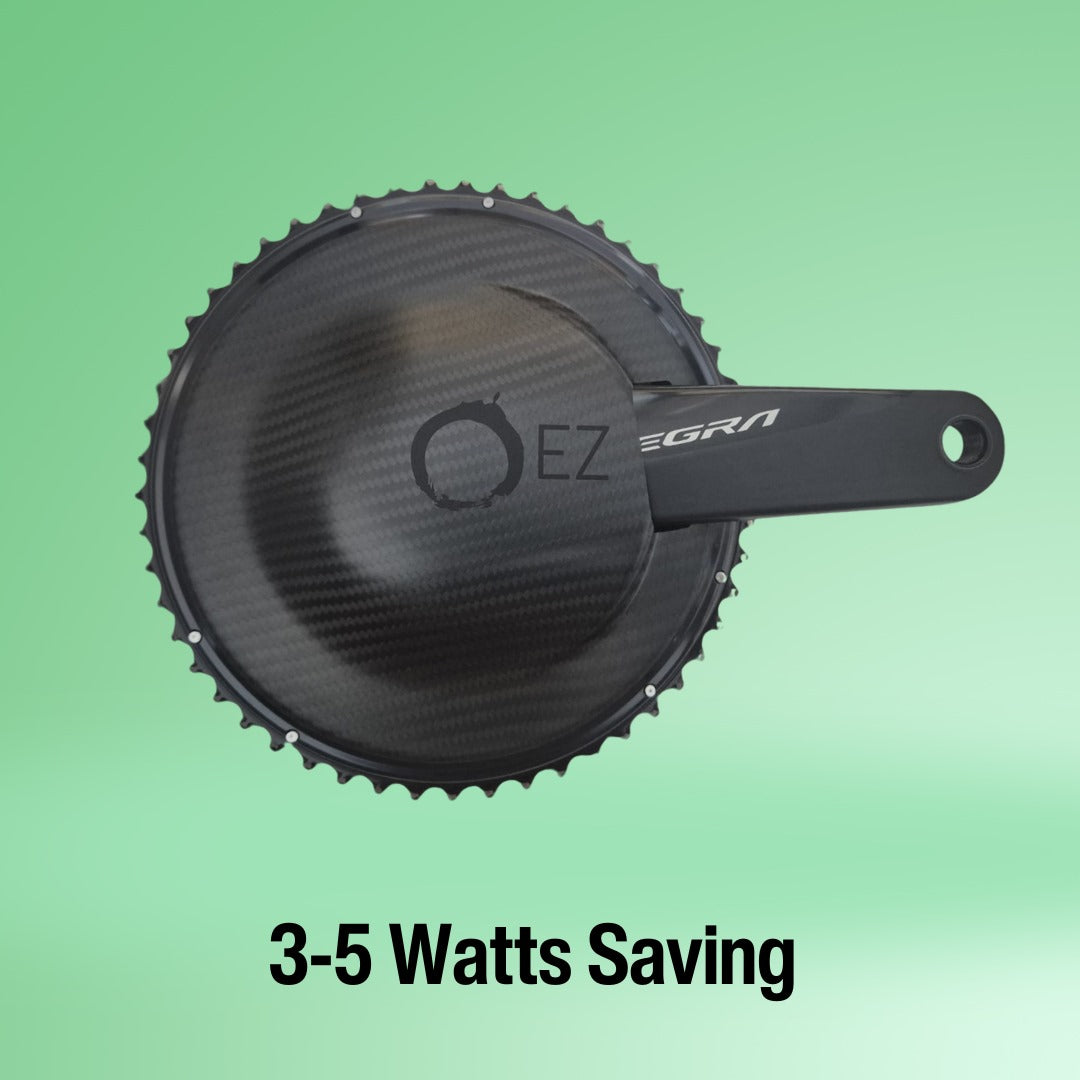
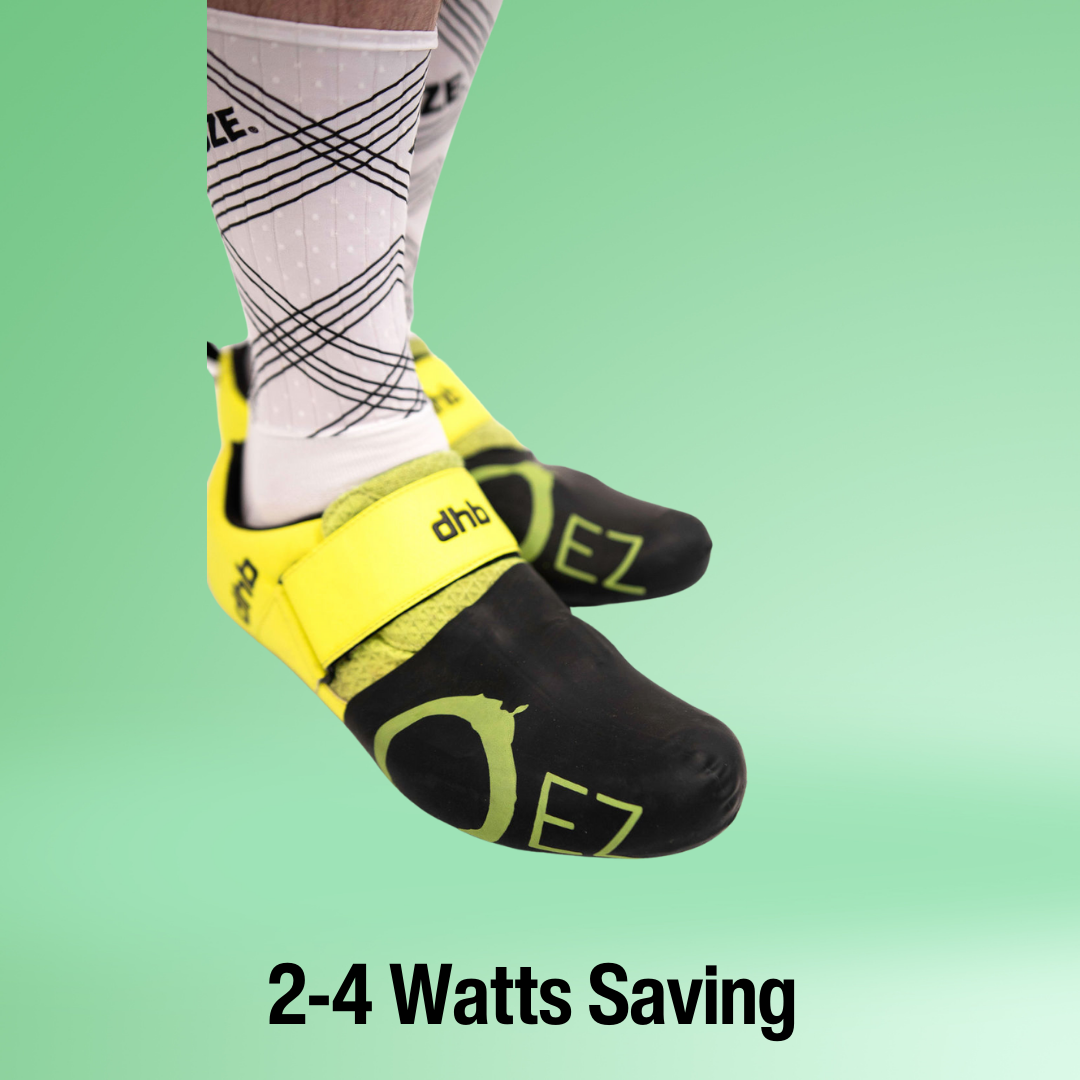
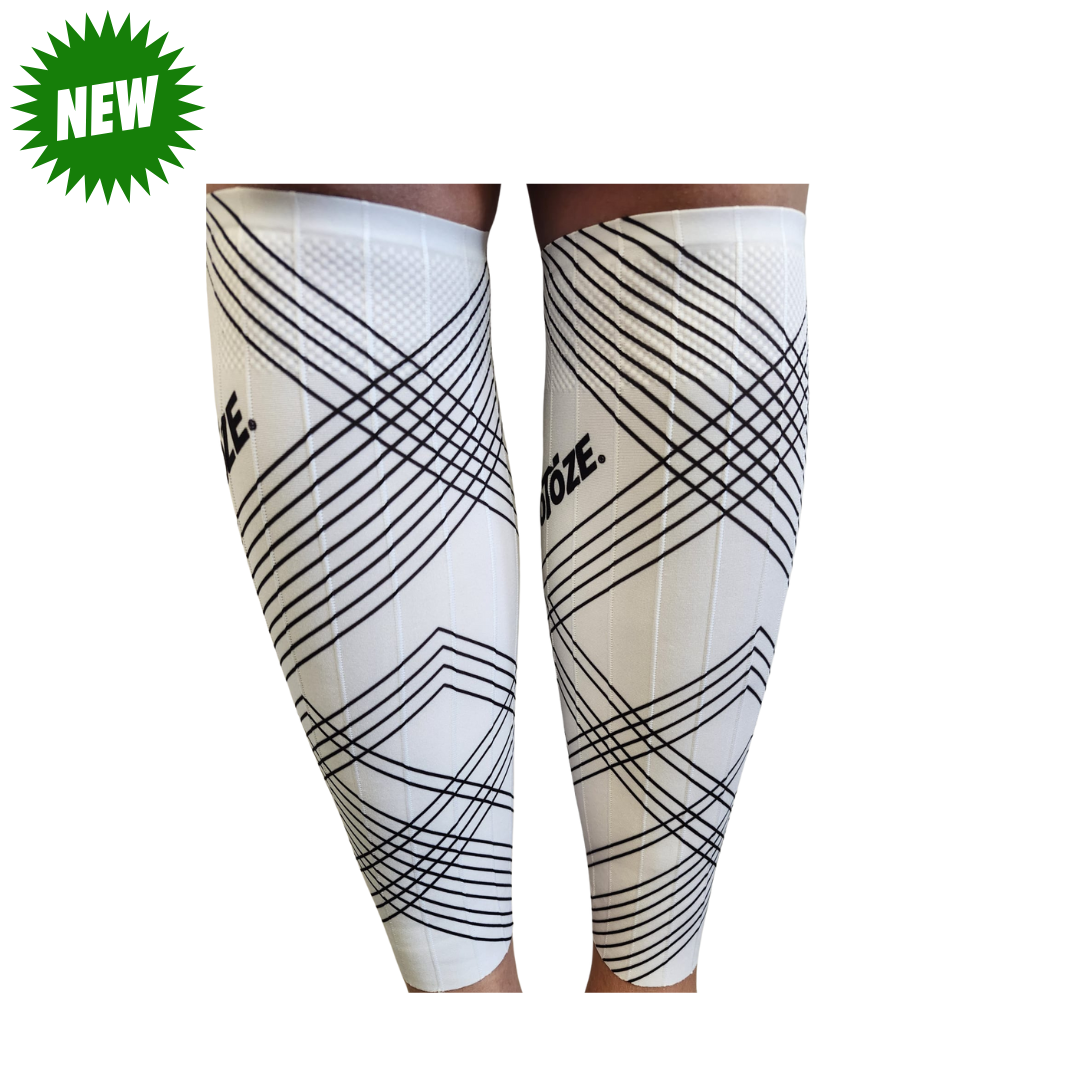
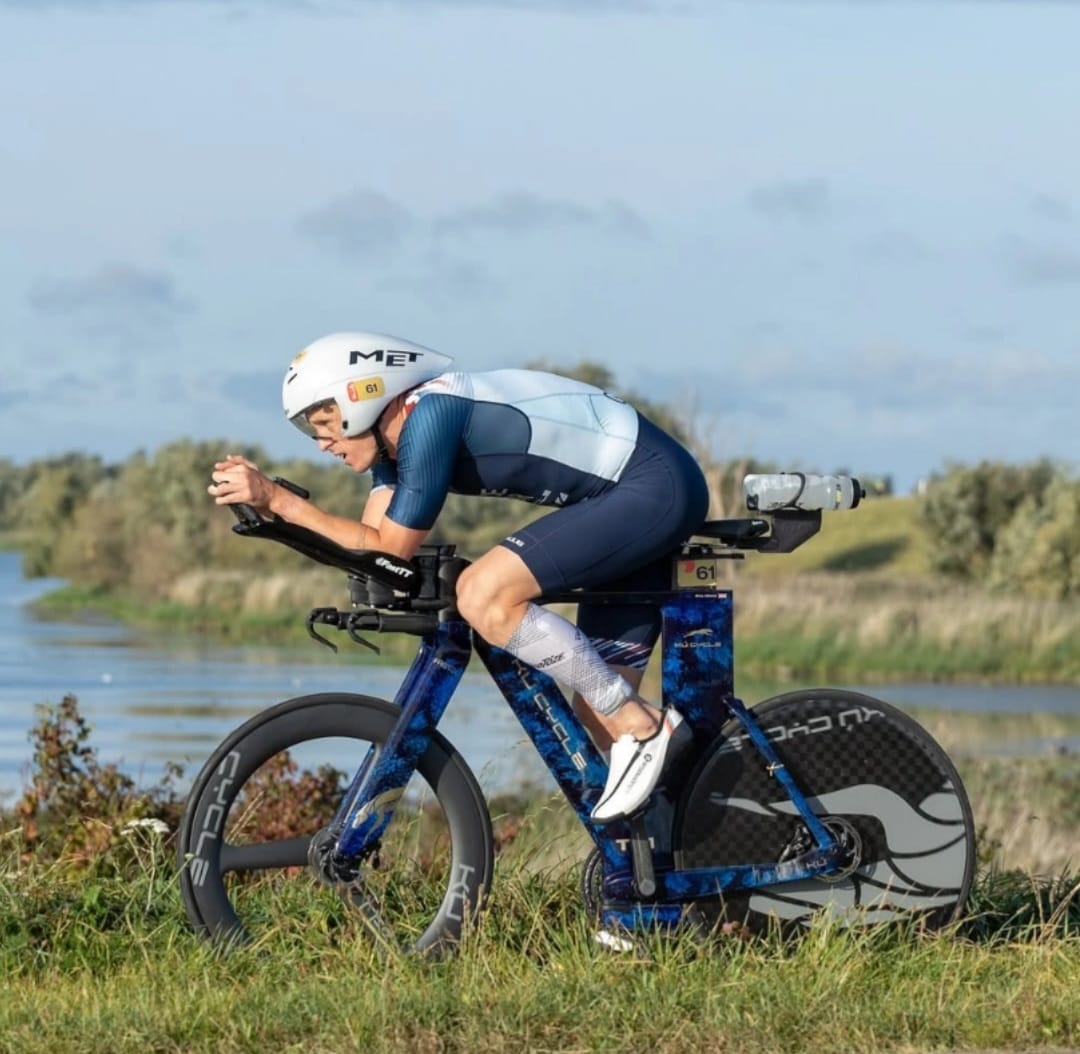
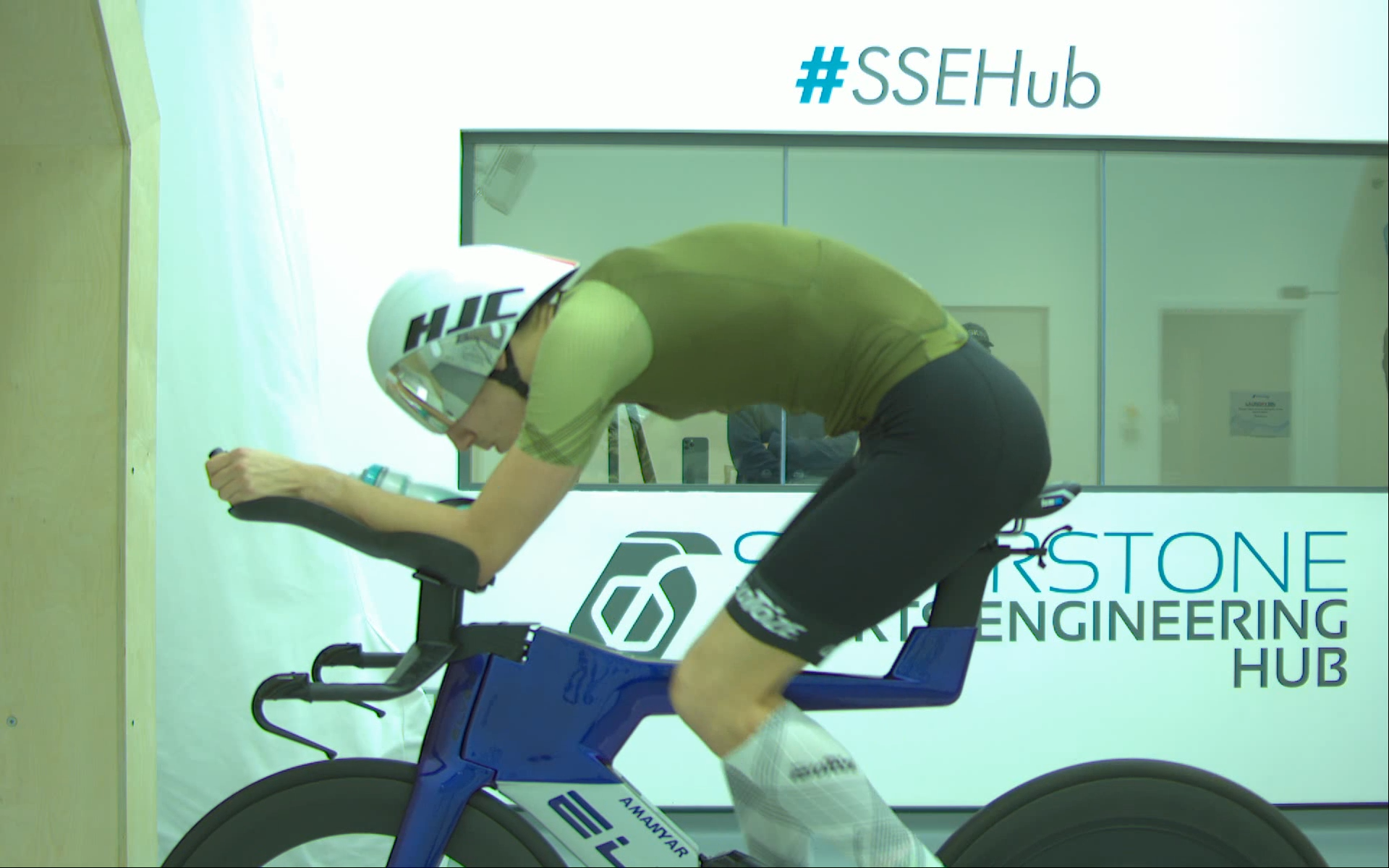
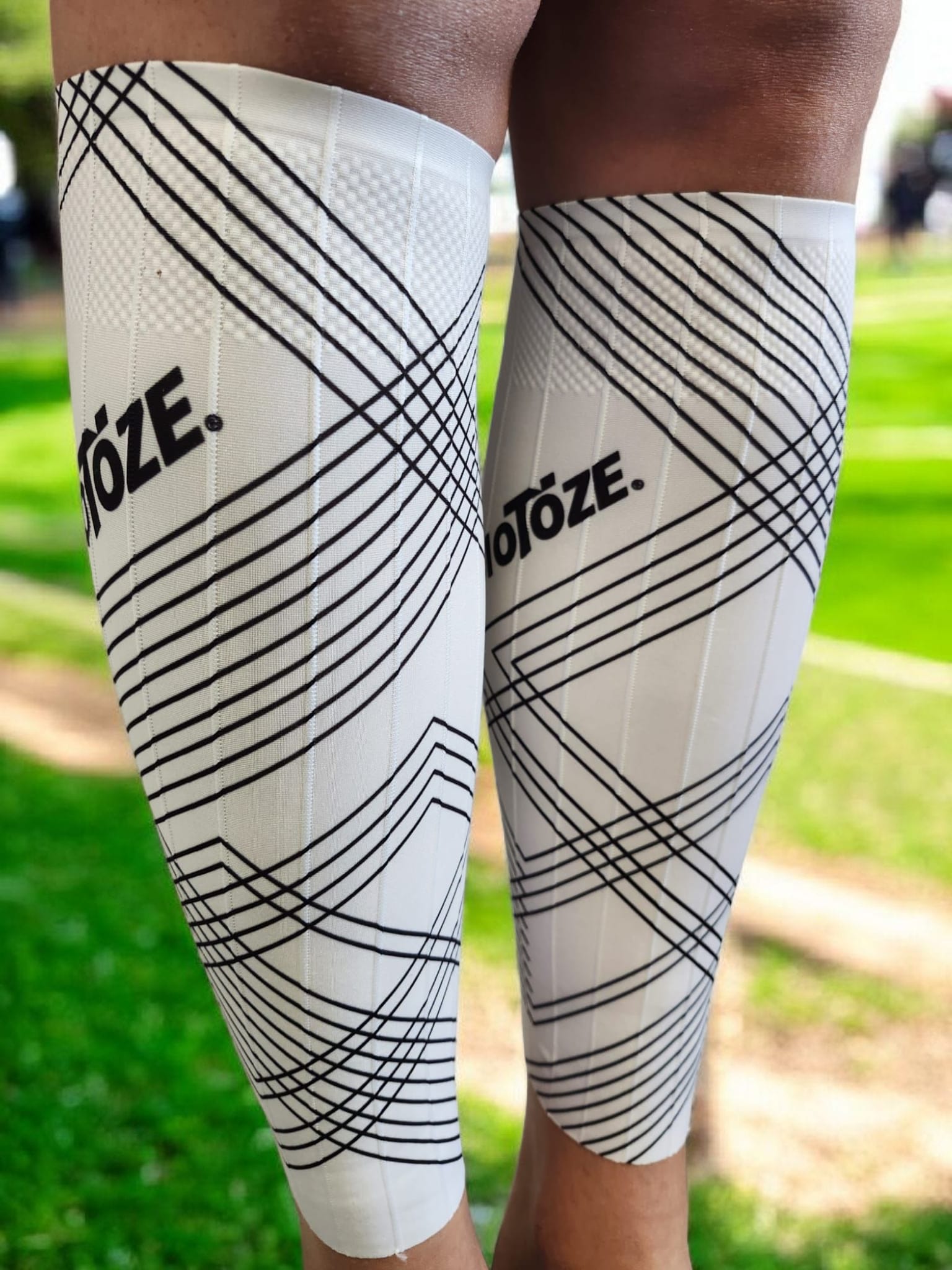
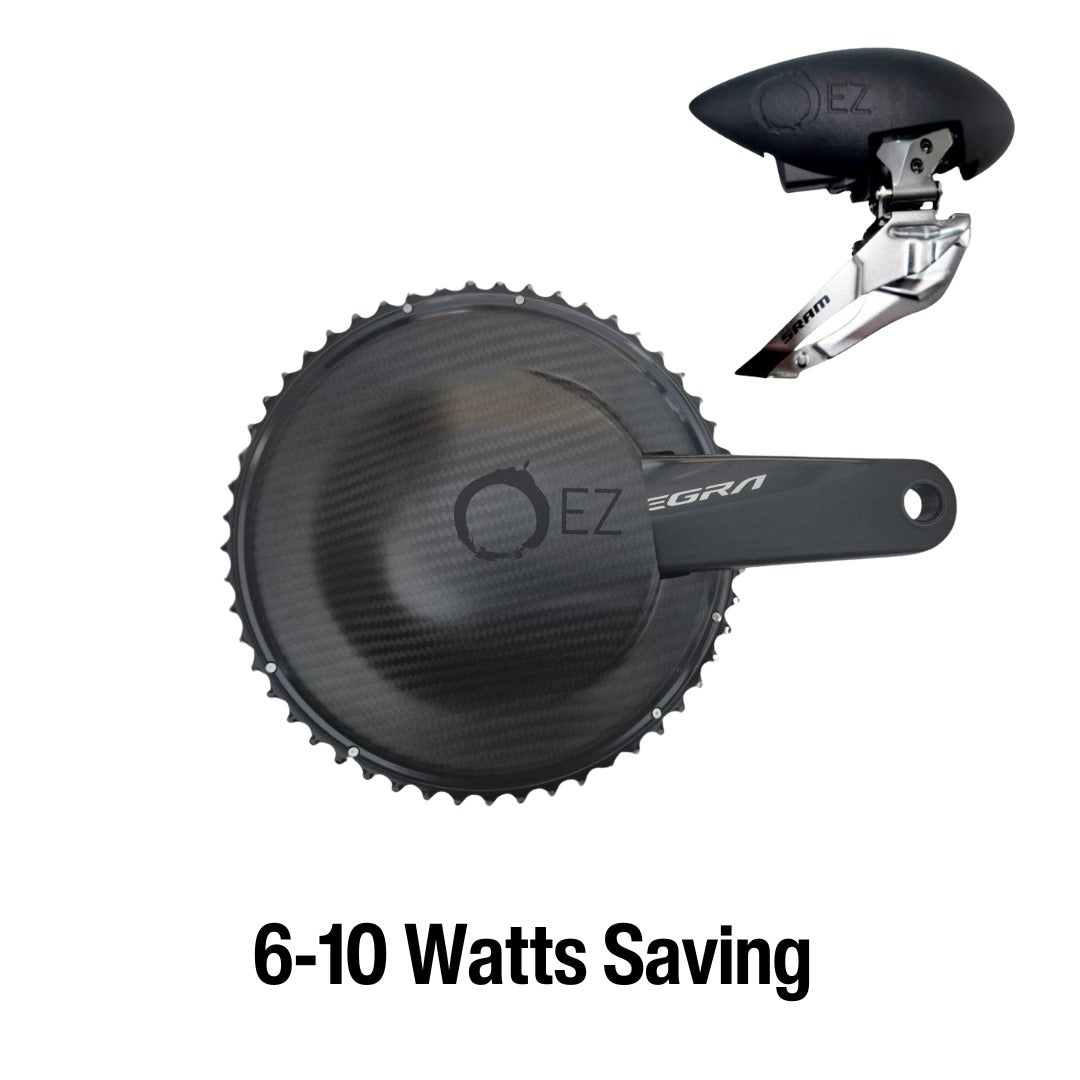
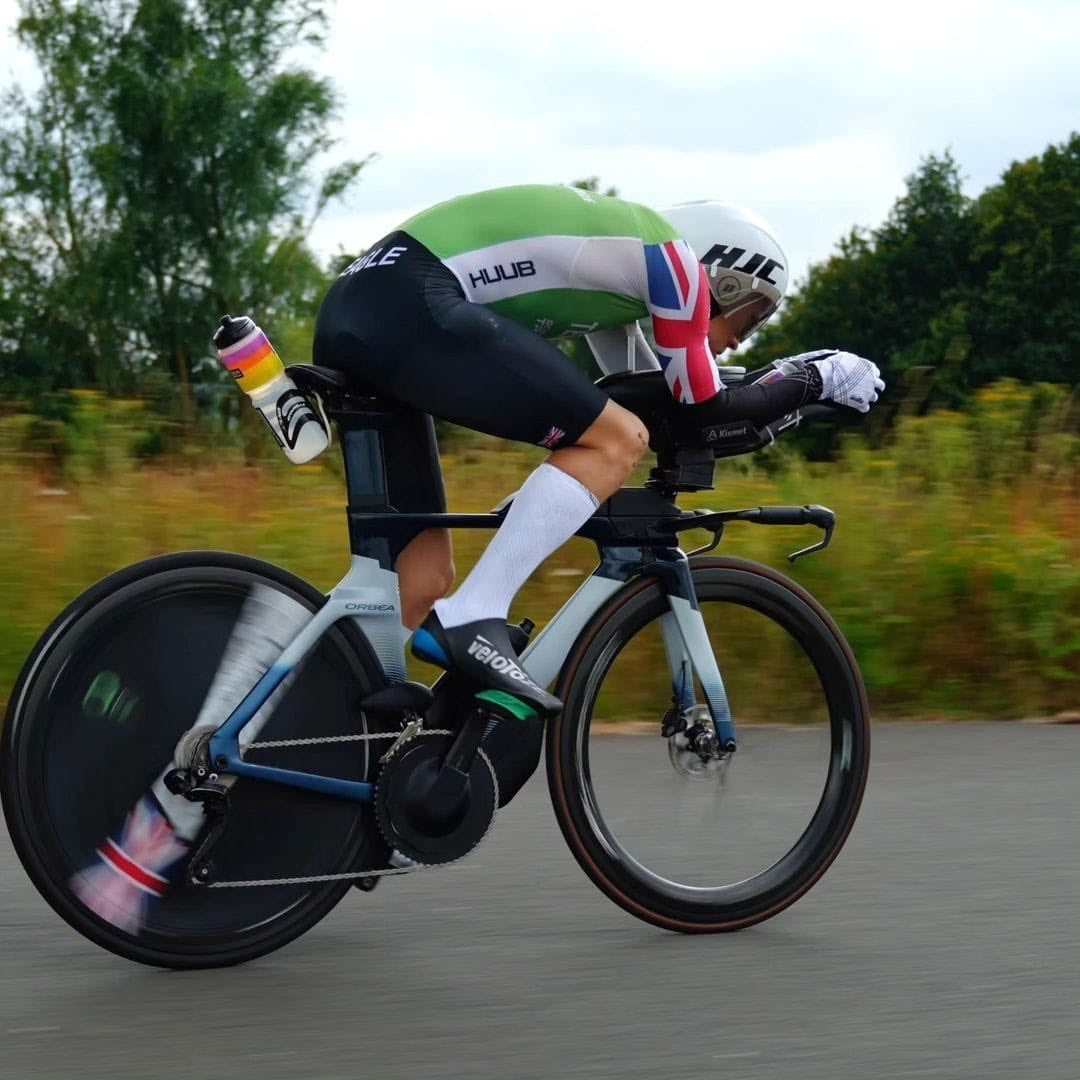
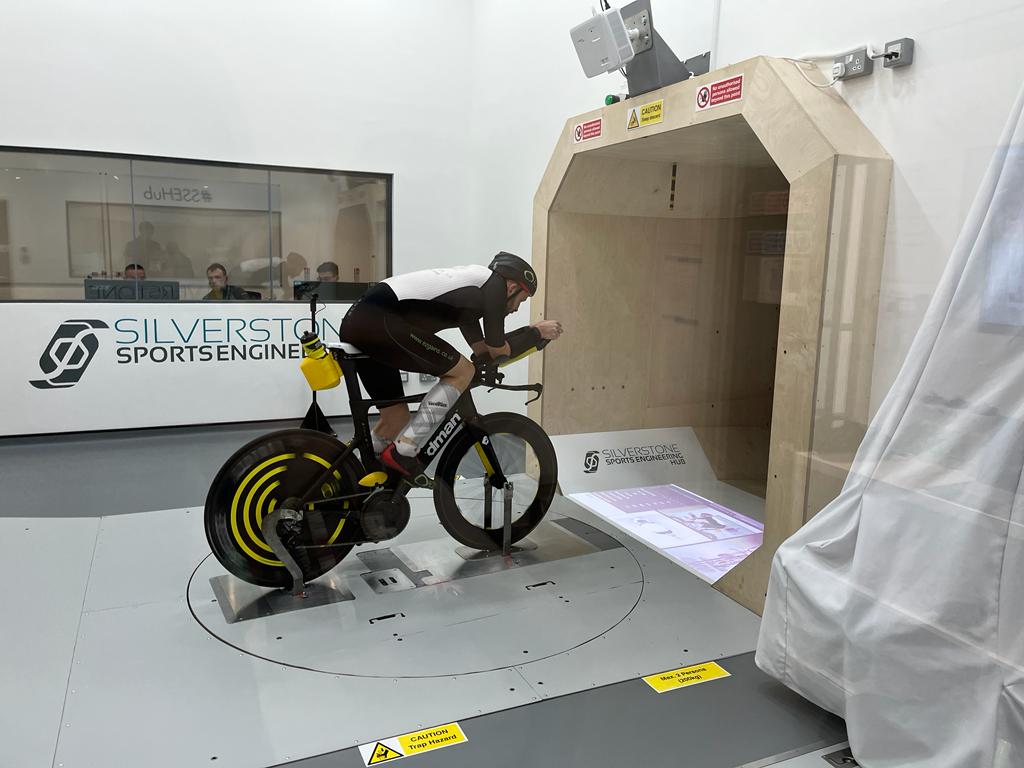

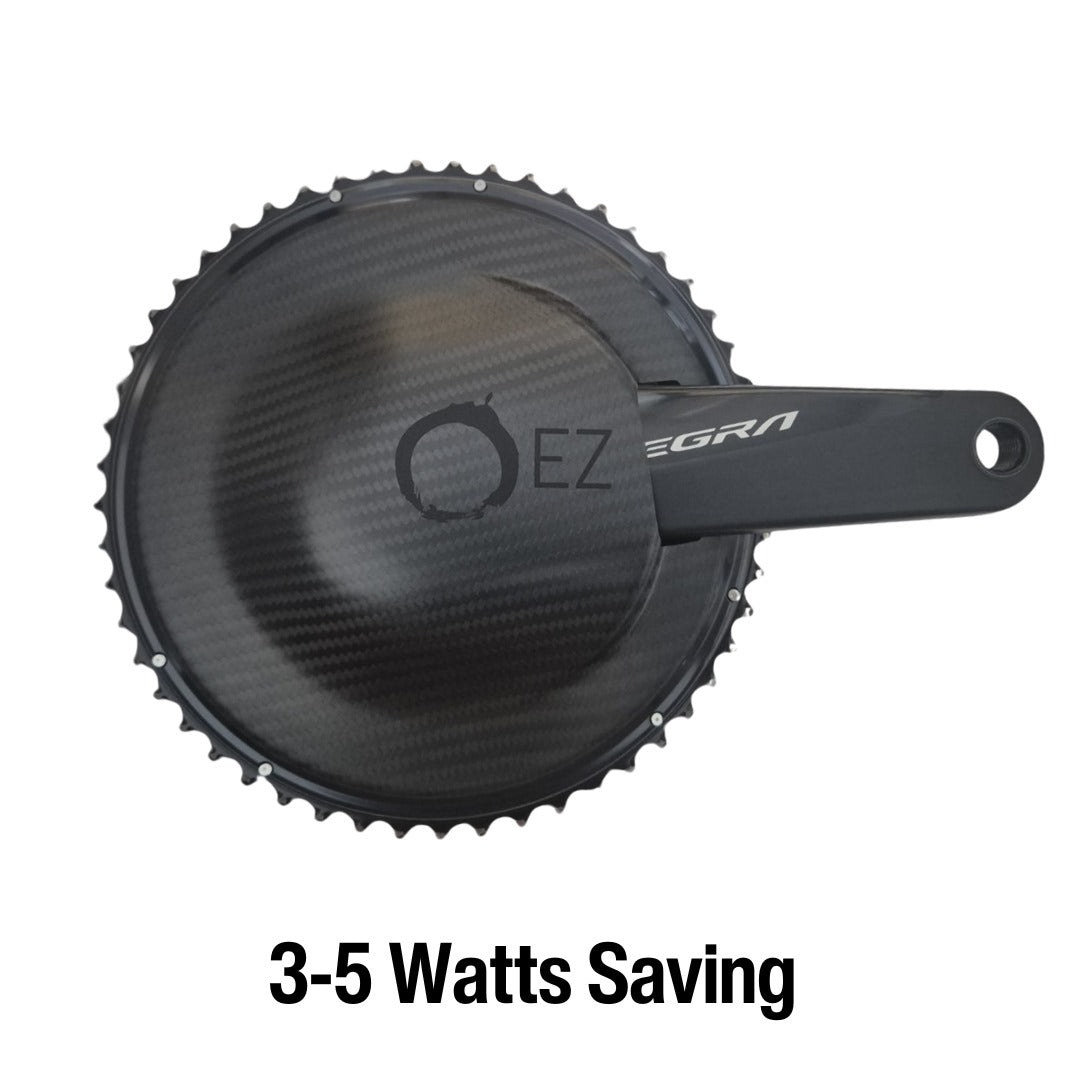


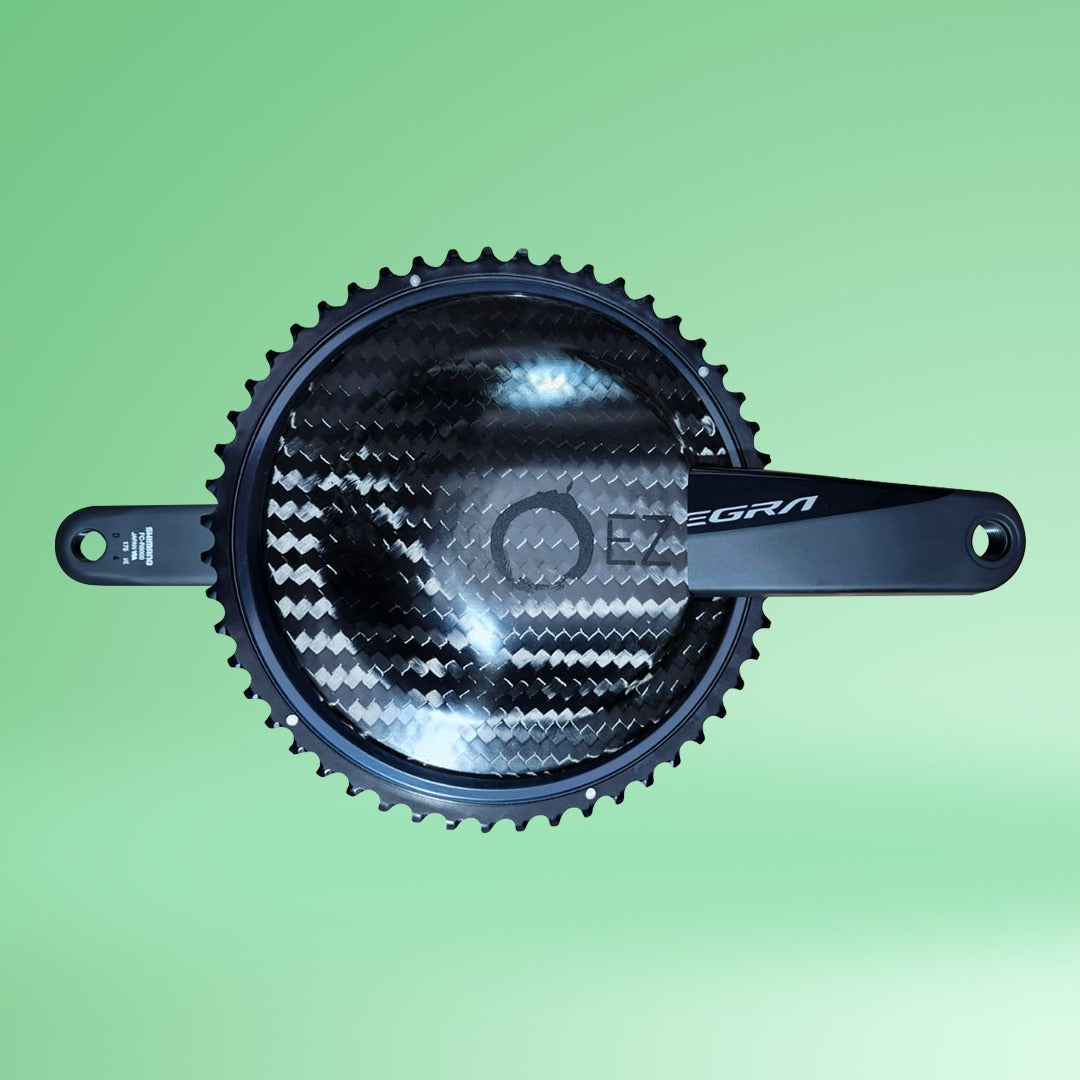

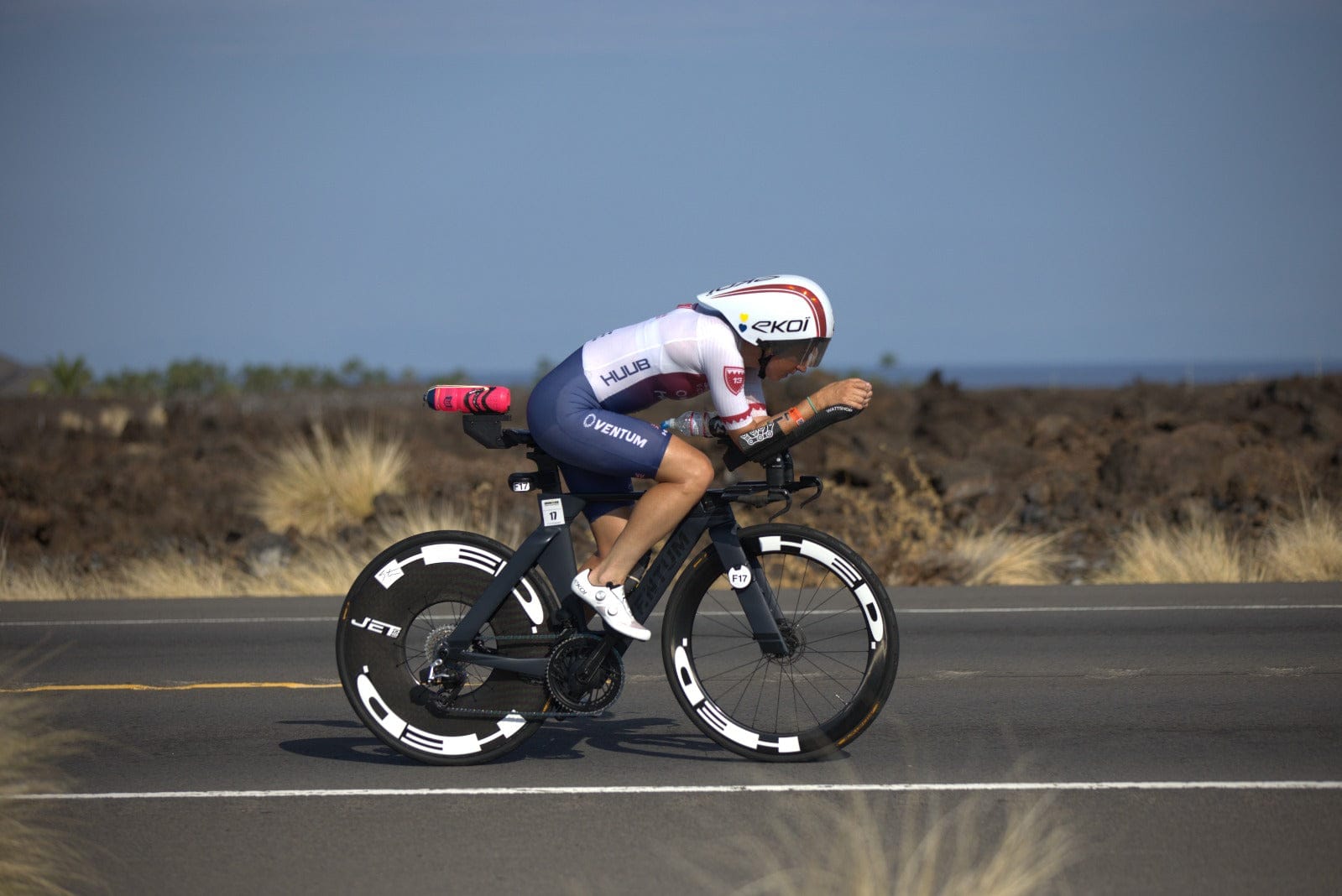
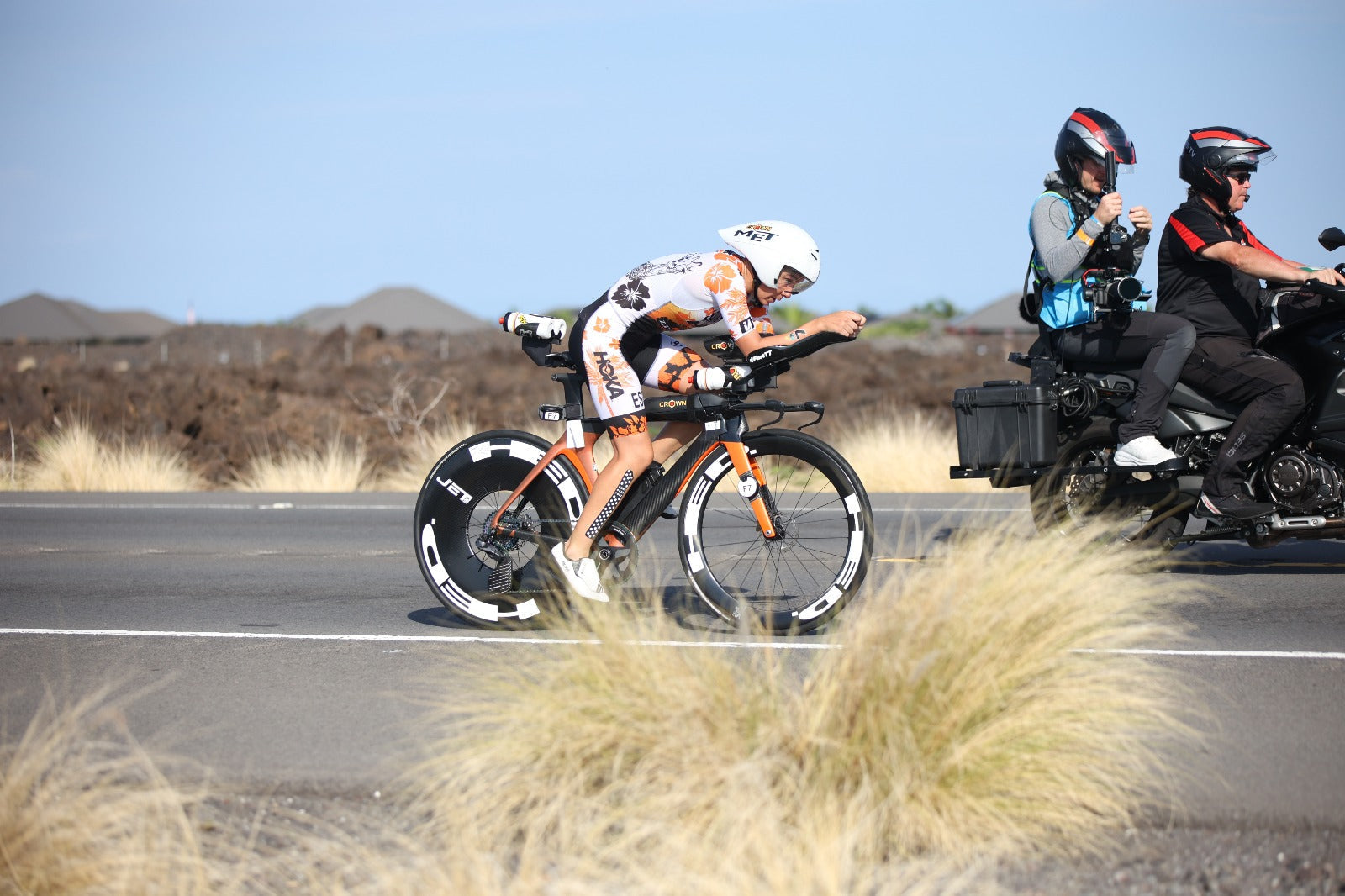
Share:
EZ Aero Front Dérailleur Guard
AGE GROUP NEWS WRITE UP